This week’s blog honors the beautiful Māori language. Originally shared with staff and volunteers at the Polynesian Cultural Center in the Fall of 2022, these historic words of revered Māori leaders were compiled by Tainui Johnston, who serves in the Islands of Aotearoa at the Center. We are honored to share his tribute with our readers.
Fifty years ago, rangatahi (the younger generation) from Ngā Tamatoa, Te Reo Māori Society and Te Huinga Rangatahi collected 30,000 signatures and put forward a Māori Language Petition to Parliament calling for Te Reo Māori (the Māori language) to be taught in all schools.
The video link attached to the image below shows the presentation of these petitions on that historic day.
Māori Language #1: A Common Purpose
“Kotahi te kōhao o te ngira, e kuhuna ai te miro mā, te miro pango, me te miro whero”
“There is but one eye of the needle, through which the white, the black, and the red threads must pass”
King Tūkaroto Matutaera Pōtatau Te Wherowhero Tāwhiao spoke these words after his coronation to become the first Māori king. His hope was that these words would encourage all Māori to unite under one common purpose. His wish was to inspire Māori to work together to overcome the negative impact of colonization.
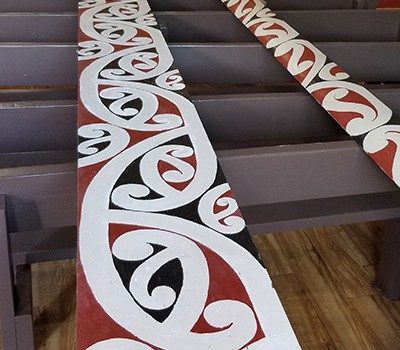
The Kōwaiwhai panels being revitalized in 2020 at the Māori Village in the Polynesian Cultural Center
The colors of the thread refer to the traditional kōwhaiwhai patterns painted onto the rafters of our meeting houses. They represent the genealogy between us and our ancestors. As each generation unites, we will ensure the preservation and survival of our culture.
Like our ancestors, we can accomplish anything together.
I chose this proverb because King Tawhiao is my sixth great-grand uncle. I thought it was important to celebrate the first day of Māori language week by honoring our ancestors first.
Māori Language #2: A Place of Refuge
Next, we will learn about the word: Tūrangawaewae, which means “a place to stand”
I want to highlight this word because of how this phrase was used by one of our most influential leaders in the Tainui tribes. Her name is Princess Te Kirihaehae Te Puea Hērangi.
In 1918, many people from New Zealand suffered due to the influenza virus. Many of those infected were Māori.
Te Puea hoped that they could establish a hospital in Ngāruawāhia in order to treat and take care of her people. But health authorities and local officials were against it.
Our Princess was not satisfied. She began to fundraise and save money to build a marae in Ngāruawāhia for Māori to gather as a place of refuge physically and spiritually.
This marae was named Tūrangawaewae and became a place that the Kīngitanga would provide physical and spiritual nourishment for its people.
Like the marae we all have our own “places to stand”, our own places of refuge.
Te Puea shared this proverb when the Tūrangawaewae Marae was established:
“Mahia te mahi, hei painga mō te iwi”, “Do the work, for the betterment of the people.”
Māori Language #3: Being Unified
“Ki te kāhore he whakakitenga, ka ngaro te iwi.”
“Without foresight or vision, the people will be lost.”
In 1858, many Māori gathered in Ngāruawāhia for the coronation of Pōtatau Te Wherowhero as the first Māori King in the Waikato area. His son, Tūkaroto Pōtatau Matutaera Te Wherowhero Tāwhiao (Kīngi Tāwhiao) was appointed as the second Māori King at the death of his father only two years later in 1860.
King Tāwhiao spoke to his people on many occasions. He always encouraged them to be more unified and to work together for the greater good of all Māori. When Tāwhiao uttered these words, he wanted to emphasize not only the importance of unity but strong Māori Leadership. He knew without these essentials his people would face many trials.
With great leadership, individuals will always feel the need to join the collective in order to support and help create success for all.
At the Polynesian Cultural Center, we are given many chances to be leaders. Let us hope that in these efforts we are inspiring one another to achieve “our desired results” and to fulfill our special mission and vision.
To read more about the Māori culture, click on our following blogs:
Iraia Bailey: Language is the essence of culture – polynesia.com | blog
The Village Approach: Māori Child Rearing – polynesia.com | blog
A King’s Canoe – polynesia.com | blog
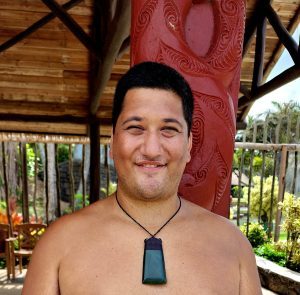
Tainui Johnston is proud to honor his Māori heritage through his work at the Māori Village. A recent graduate of BYU-Hawaii specializing in communication and social work, Tainui is fulfilling his Academic Training at the Polynesian Cultural Center. When he returns home he hopes to continue his masters in film and production. _______________________

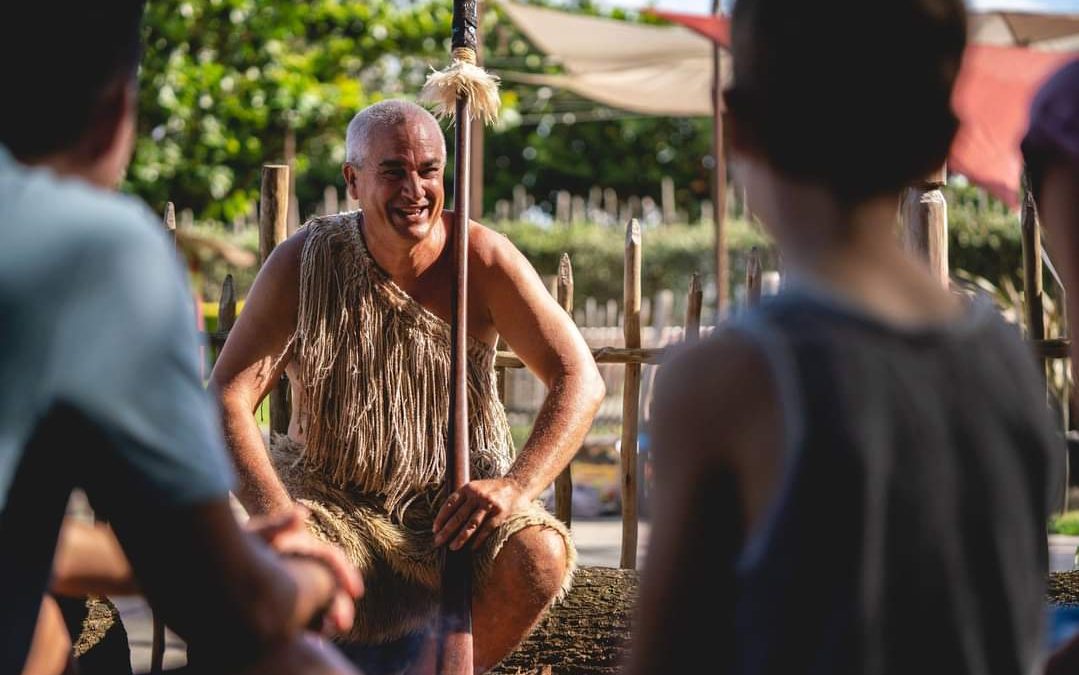

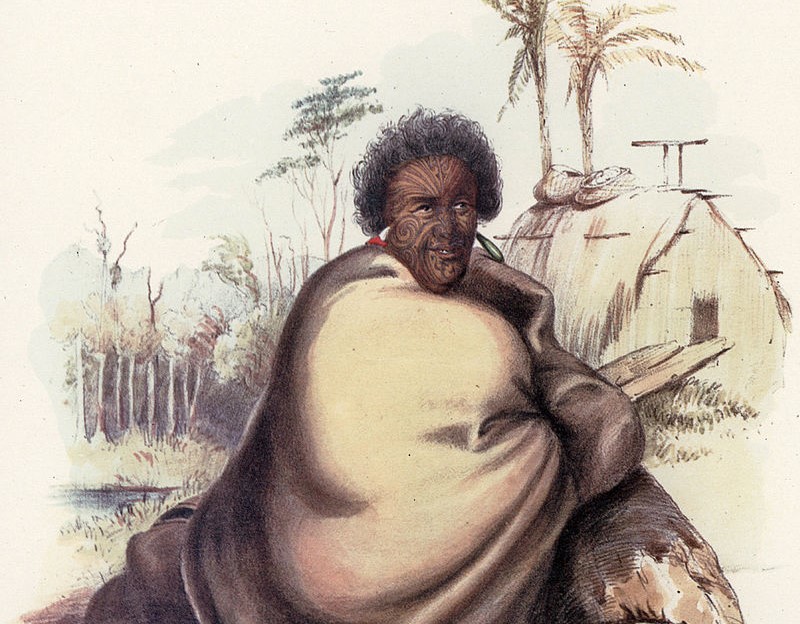

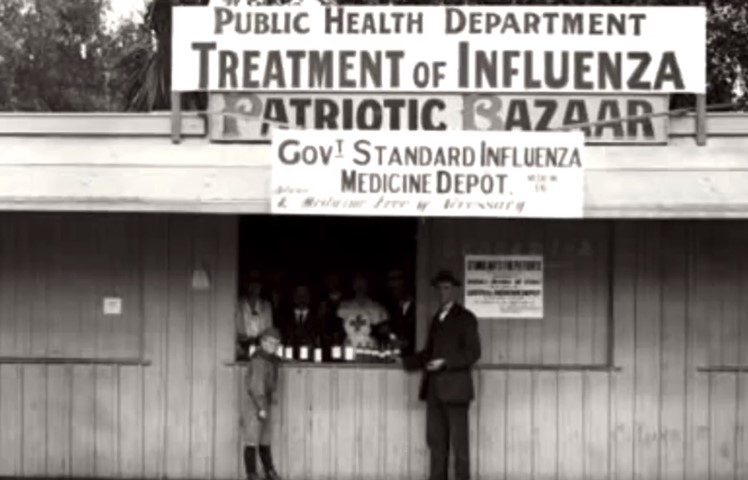

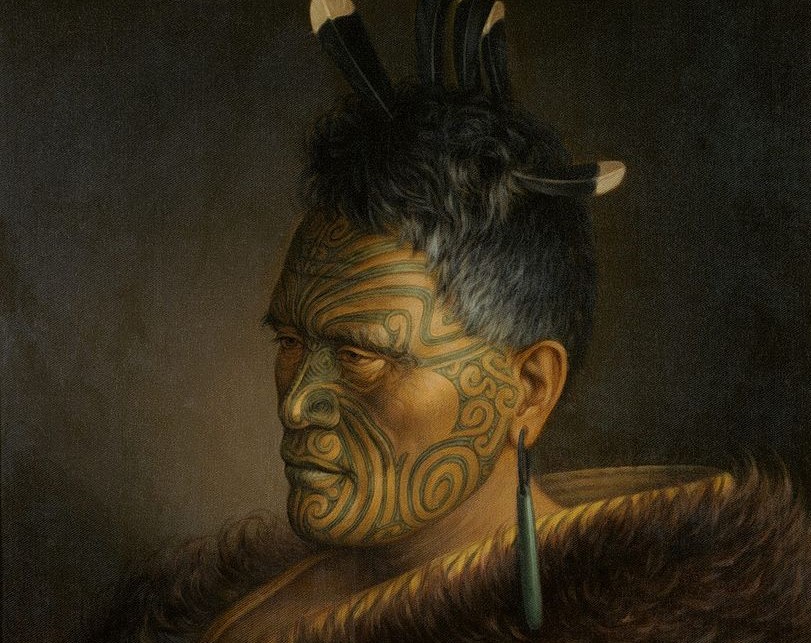
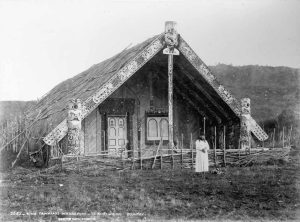
I Love the Polynesian and it’s so Pretty and Gorgeous
Kia Ora! Keep on going!!